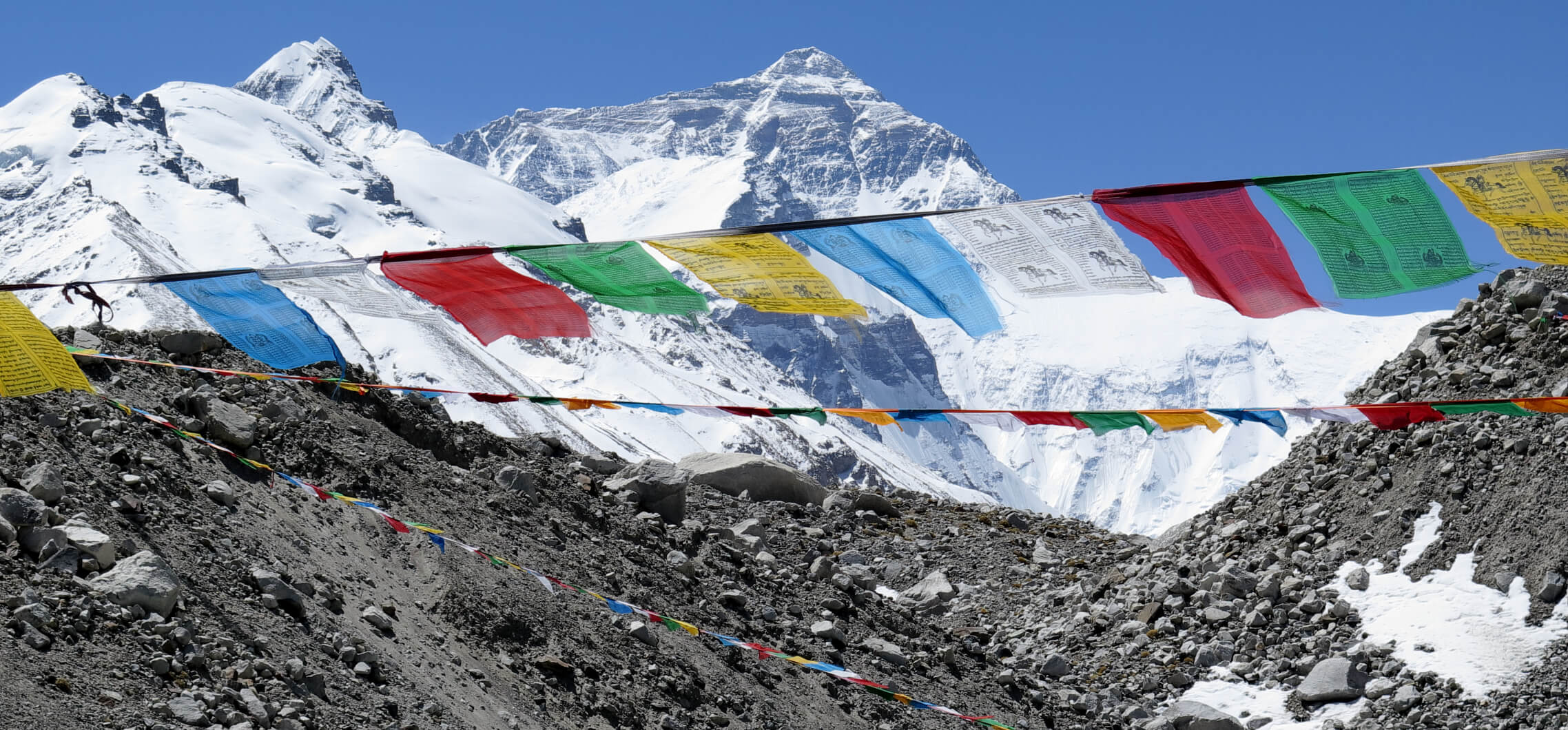Free shipping! Get free ground shipping on orders over $99 to the lower 48 states. Enter code FREE99
at checkout.


Photo:
Editor’s Note: On April 25, 2015 a magnitude 7.8 earthquake struck Nepal and the region around Mt. Everest killing over 9,000 people including at least 19 at base camp on the Nepali side of the mountain. SCARPA athlete and college professor Raphael Slawinski was on the peak’s northern base camp in China when the quake struck attempting a new alpine-style route up the mountain’s northeast face.
Though the north side of Everest was relatively unscathed, the Chinese government promptly closed the mountain for climbing, ending his groundbreaking summit attempt. My left foot, which had been precariously smeared above the lip of a roof, slipped off just as I deadpointed for a distant jug. “Take!” I shouted pointlessly as a blur of grey and yellow limestone rushed upward. “At least you weren’t on redpoint.” Juan quipped from the shattered scree below, where he stood belaying. I yarded back up the rope, feeling the familiar mixture of exhilaration and frustration.
Sport climbing is addictive, the occasional success keeping you persevering through nearly constant failure. The fingertip gymnastics seemed especially fun now, after half a year of using my lungs and legs a whole lot more than my arms. This past winter, while the occasional day of swinging ice tools would remind me that I was in fact a climber, it would also leave me feeling guilty. How was I supposed to record a few pitches of pillars in my training log? “Hmm, it doesn’t count as strength straining or a steep cardio workout – I guess it’ll have to go in the ‘extra’ column.” Still, even something as absurd as lugging a pack of rocks, dumping them on the summit cairn and descending for more, can be gratifying if done for a reason.
In my case, it was getting fit for an alpine-style attempt on a new route (OK, variation, since it didn’t stay independent all the way) on the northeast face of Everest. It’s not the sort of thing you try every year, and so I trained rigorously, maybe even obsessively. It wasn’t to be. We’d only been in the Chinese basecamp for a couple of weeks, and had ventured above six thousand meters only a couple of times, when the earthquake hit. The magnitude-7.8 event was the strongest to strike Nepal in over 80 years, and it devastated the impoverished mountain country.
On the north side of Everest we were spared the destruction, but the quake spelled the end of our ambitions. Less than two weeks after the first tremor we were back home, a month earlier than planned. Usually after a big trip, whether or not I’d succeeded, I would feel exhausted yet sated, happy to return to familiar haunts. This time I felt strangely out of place at home, surprised to be surrounded by the tentative greenery of early May in Alberta instead of the glacial rubble and massive peaks of the Himalaya.
After a couple of days of getting over the jetlag, I went back to the university and the rock gym. “You’re alive!” people would say. “We were worried.” Every time I was almost ashamed to say I’d never been in any real danger. Next to the thousands of dead and tens of thousands of homeless in Nepal, my own experience of the earthquake seemed trivial. And even though both the quake and the subsequent closure of Everest amounted to acts of God, I still felt like a tourist who’d gone on a much-hyped adventure only to cut his trip short. I felt empty. As so often before, when feeling confused and unsure of my next step, I went climbing.
To begin with, going cragging without an agenda, just to play on the rocks with friends, seemed almost decadent. Still, it was fun, even if I had to swallow my pride when it took me several hard-fought attempts to redpoint what was usually a warmup. Ah, pride and ambition. Sometimes I wonder if they’re what drive me, though I like to think I’m propelled by a purer, more deep-seated need. Anyway, it wasn’t long before I made up a schedule. Nothing too structured, just to make sure I got in several sessions on plastic and rock every week, along with some exercises for opposing muscles to keep my chronically sore elbow functional. Oh, and some cardio too, so I’d be in reasonable shape when the summer alpine season rolled around.
As yet I had no specific goals in mind though a few loomed vaguely, as if through the early-morning haze on a perfect summer morning. A wall in the Front Ranges, overhanging for hundreds of metres, where I’d started a route a few years ago; maybe I’d finish it this summer? An iconic north face on a favourite mountain; maybe this fall? And next year, maybe another big mountain, a more obscure one this time… But enough daydreaming – it’s time to go climbing.
Featured Product

